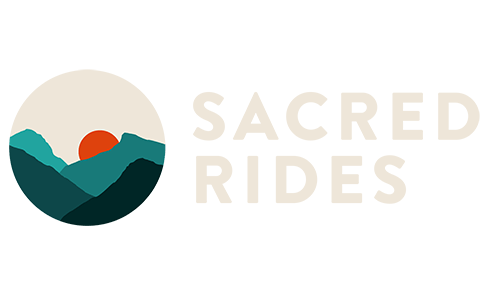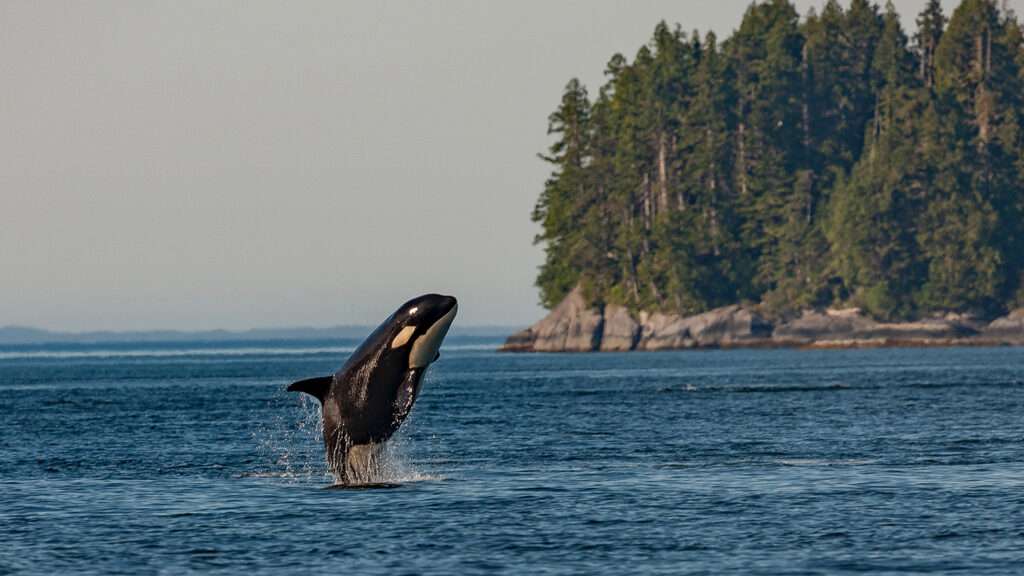
Local Orcas
Orcas (killer whales) are frequent visitors and residents of the San Juan Islands. We have two distinct “groups” of orcas that roam our waters, Residents and Transients. Drifting in a kelp bed with eight ton ‘killer’ whales off your bow can be awe-inspiring and exciting. Encountering these harmless, intelligent, and majestic creatures in a sea kayak is both humbling and enlightening and will change your outlook of the natural world forever.
With weights between 5 and 9 tons and lengths of 25 to 30 feet, observing orca “killer” whales from a kayak is an unforgettable event. Since orca are social creatures, they can be found in groups of three to 25 and more–these larger groups are our Residents. Their breathing sounds and underwater vocalizations make paddling with orcas an audio as well as visual extravaganza. Past expeditions have witnessed orcas spy-hopping, breaching, lobtailing, hunting or sleeping (we know it sounds funny, but watching whales sleep is one of the most amazing things you will ever witness)!
Orcas, or Killer Whales, are unpredictable residents of the islands from late Spring May/June through September. Our three Resident Orca Pods (J, K and L) feed only on salmon, so they are consistently present only when spawning salmon are plentiful. Transient Orca whales feed on marine mammals such as porpoise, sea lions and harbor seals. Transients can be encountered throughout the sea kayaking season in all areas of the San Juan archipelago. Humpbacks are making a steady comeback in the San Juans, and these 40-foot behemoths are an amazing sight from our twenty-one-foot sea kayaks. Other whales/mammals playing our waters are gray whales, minke whales, Steller sea lions, harbor seals, river otters and porpoise.
Orca Feeding in San Juan Islands
Orcas, or killer whales, are predators whose feeding habits depend on whether they belong to ‘resident’ or ‘transient’ pods. Resident orcas are whales that prefer to return to the same coastal areas each summer, while transient orcas constantly swim along the coast in search of food and generally are not observed to spend too much time in the same place. Pods determine feeding habits because these tend to be learned from whales within the pod. For instance, while transient whales prefer preying on mammals like dolphins, seals or porpoises, resident whales feed on salmon. For the large part, transient orcas tend to require a greater intake of food because of their higher energy expenditure compared to the resident orcas, which explains their habit of feeding on other mammals — a habit that only killer whales have. Our local orcas eat about 250 pounds of salmon per day.
The Socially Learned Nature of Orca Feeding Habits
One of the best examples proving that feeding habits are learned within pods is the behavior of transient orcas when held in captivity. One case proved to be particularly interesting for trainers in an oceanarium: a newly captured transient orca kept refusing to eat the fish that trainers were trying to feed it, to the point that it began to starve. Worried that the orca would starve to death, trainers decided to try to place a captive resident orca in the same tank. Only once the captive resident orca presented the transient orca with fish did it recognize fish as a type of food. Without the assistance of the other orca, it probably would have starved to death.
Orca Predation and Hunting
Overall, orcas are considered very intelligent creatures and are some of the top predators in the ocean. While some of the fundamentals of their behavior and social life is understood, much surrounding the social dynamics of orcas is still not known because it takes place underwater. Nevertheless, what we do know is that orcas are very social creatures that appear in groups between 3 to 73 whales (super pod-when all three local pods meet and greet, usually early in the season).
Whale watching is one of the most amazing experiences you can have; on any given expedition with San Juan Kayak Expeditions, you can witness orcas breaching, spy-hopping, lobtailing or even sleeping. On the San Juan islands, whale watching season lasts from spring to fall. During this time, it becomes possible to see both resident pods and visiting transient orcas in search of food. If you are interested in finding out more about whale watching and what it entails, feel free to contact San Juan Kayak Expeditions.
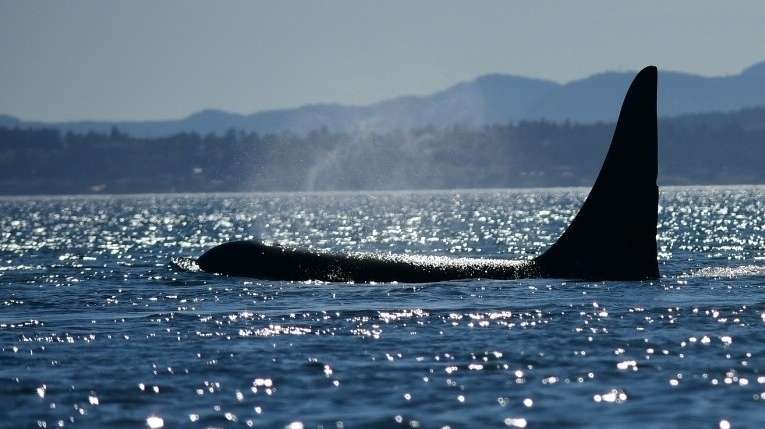
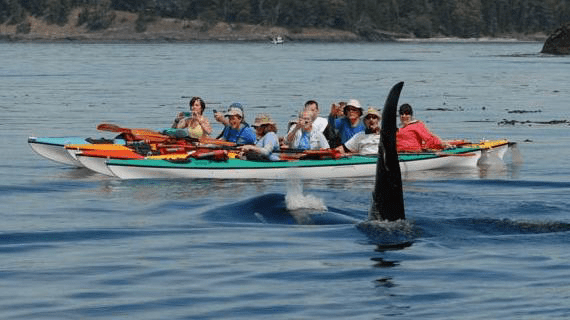
Orca Impact
While observing whales our small groups follow NOAA and Soundwatch whale watching guidelines and our staff complete the required Commercial Whale Watching Training through Washington Department of Fish and Wildlife. We maintain the required distance of 300 yards when possible. Sometimes orca whales will come remarkably close to us, however, when we are rafted in a kelp bed or in a bay or cove. These close encounters with killer whales are unforgettable experiences. Your guide will share exciting facts about these amazing whales.
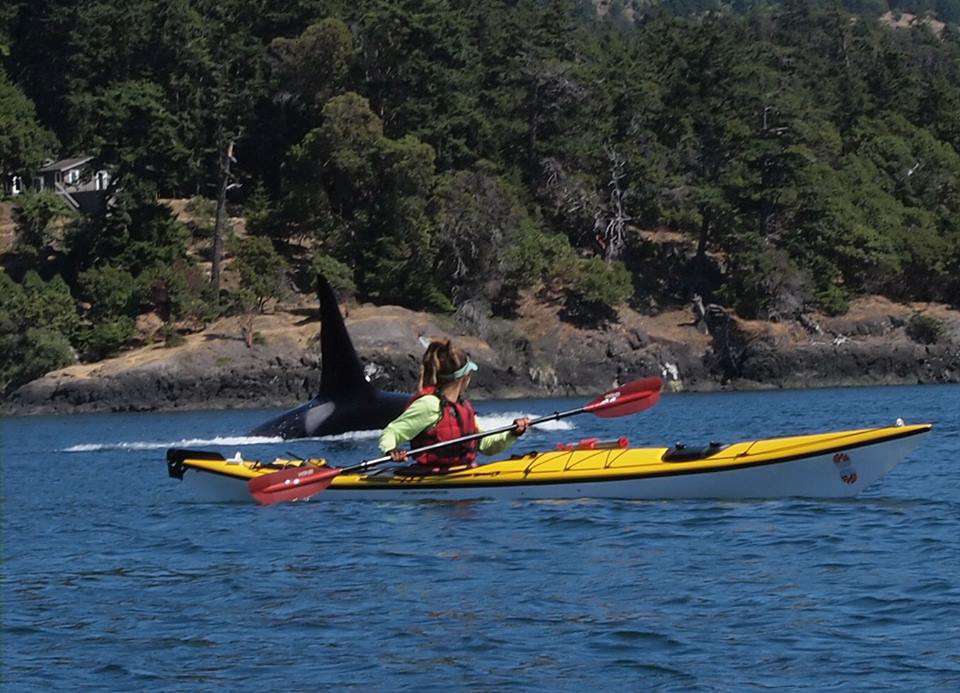
Is it safe to kayak with orcas?
We have been paddling with orca whales since 1980 and know that these intelligent whales are always as aware of us as we are of them. They might be curious at times and swim extremely near, but with no malicious intent. It is illegal to paddle into their path. By rafting up and moving into shore whenever possible, we allow them to travel freely on their route with no harm done.
In addition, our two, three, four and five-day trips traverse a popular humpback whale habitat and minke whale feeding grounds and explore channels inhabited by Dall’s and harbor porpoise. Other wildlife you may see:
Humpbacks and other marine life
Humpback whales, minke whales, Steller sea lions, harbor seals, mink, raccoon, deer, big-horned sheep (imported), Sitka deer (imported), prong-horned antelope (imported) and red-tailed fox. California sea lions, gray whales, elephant seals.





